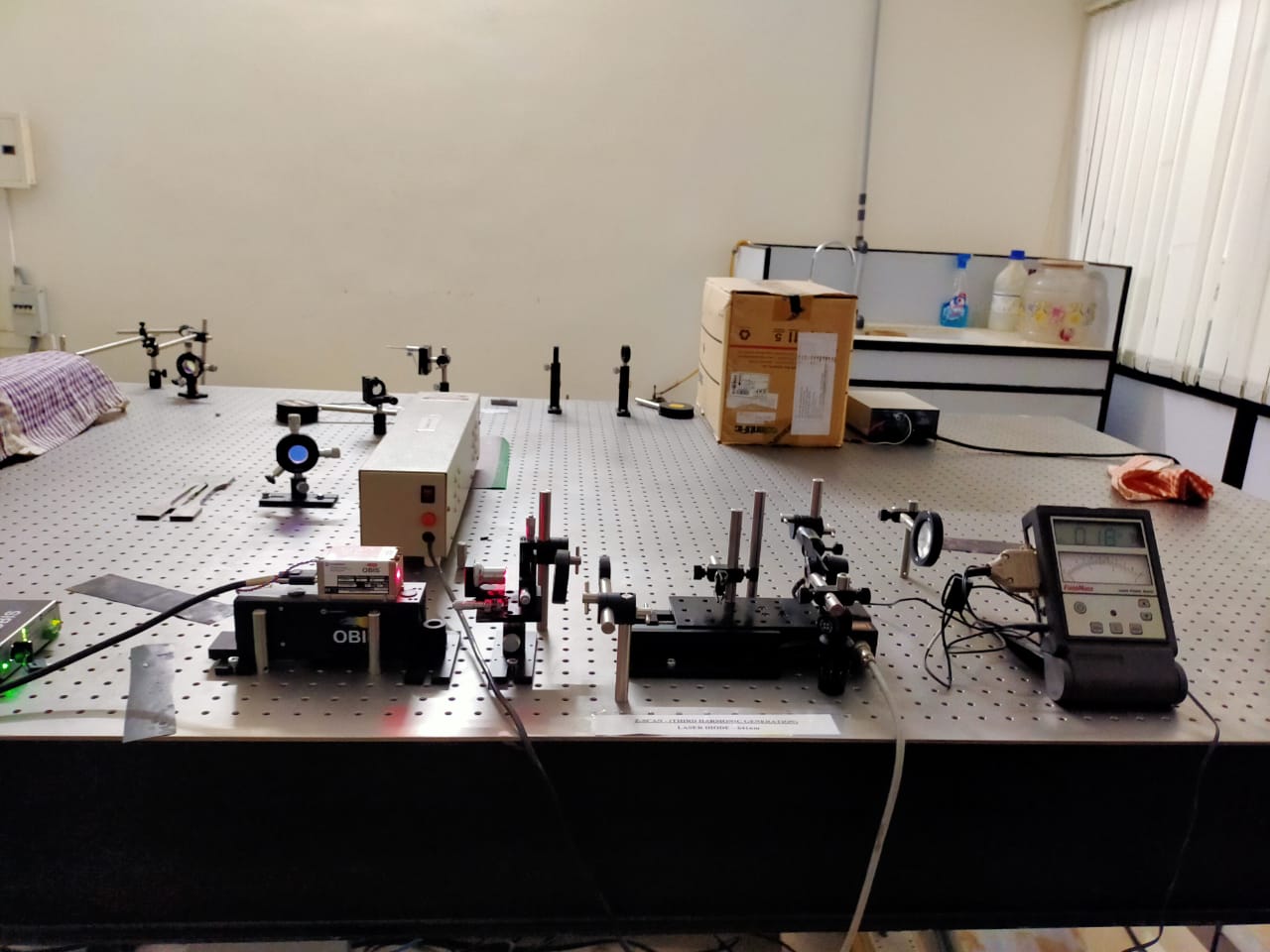Z-Scan Technique-cfm-facilities
Z-Scan Technique
Z-scan technique is used to measure the nonlinear optical properties of materials. The Z-Scan helps to determine intrinsic photo-physical properties of materials by focusing a single laser beams onto the surface of the materials sample. The laser beam is directed perpendicular to the plane of the sample. The sample is moving along the z direction (the laser beam propagation direction) in and out of the laser focal point. The transmitted signal goes either directly to a detector or through an aperture to a detector. The magnitude of the detected signal is plotted as a function of the sample position.
“Open aperture” measurement allows determining the nonlinear absorption of the material. Whereas in the “closed aperture” measurement, the magnitude and sign of the nonlinear index of refraction resulting from the Kerr effect can be determined. Changes in the nonlinear index of refraction lead to nonlinear distortions of the beam. A positive Kerr effect leads to self-focusing of the laser beam. A negative Kerr effect leads to defocusing. Usually, measurements need to be taken at different laser pulse energies or different laser pulse lifetimes in order to determine what nonlinear processes are present.
Research Purpose
- Z-scan measurements are a technique for measuring the strength of the Kerr nonlinearity of a material, relying on self-focusing


